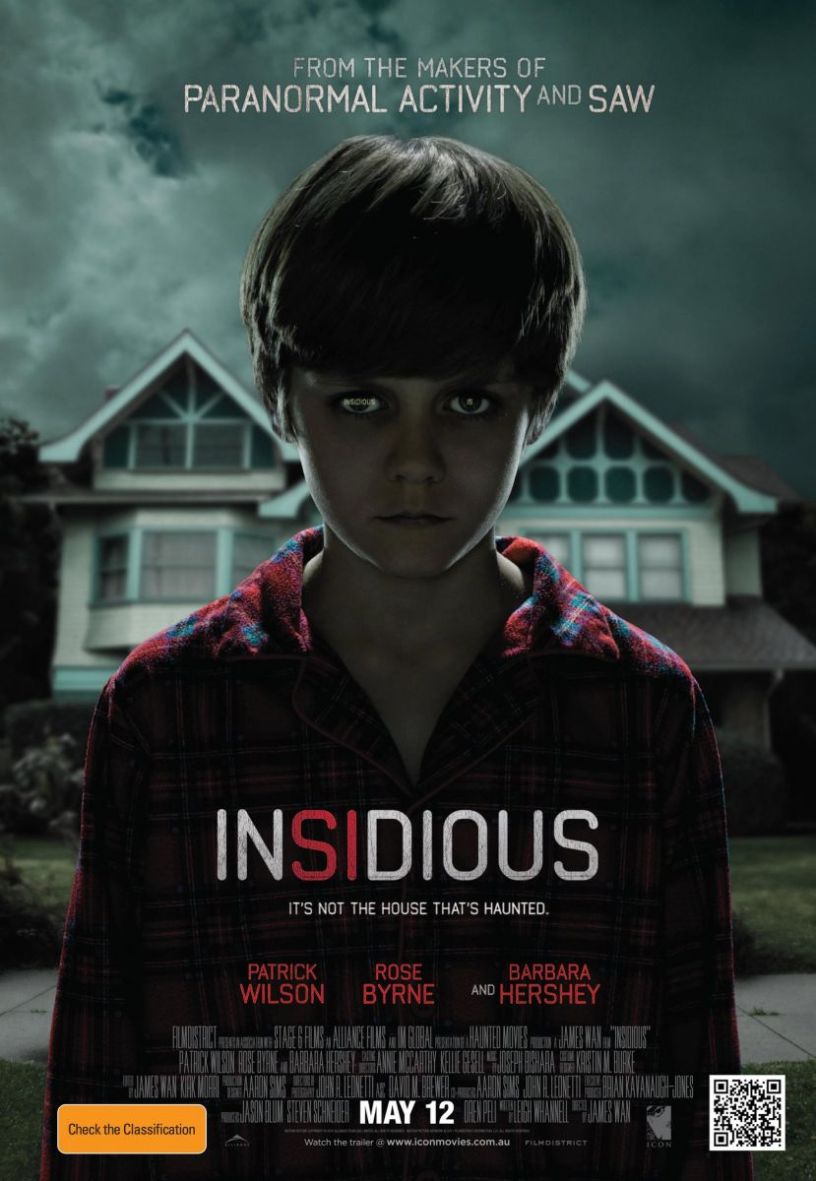With almost five billion mobile phones circulating worldwide, it was only a matter of time before movie marketing teams turned to the technology.
One of the most recent trends to hit local shores is placing a barcode on a film’s poster, allowing potential viewers to scan it on their smart phone to reveal exclusive content.
Although they’ve been slowly taken up in the west, these barcodes – also known as QR (or quick response) codes – first emerged in Japan in the mid-90s. They are considered to be the future of advertising – as costs are minimal, they’re easy to install and they offer engaging, quick content.
Film distributors are offering content including exclusive interviews, clips and trailers – the latter being most important, according to film distributors.
Visual Jazz general manager Grant Henderson says his digital creative agency first used it on 2008 James Bond action flick Quantum of Solace. However, at the time, the technology was quite unstable and not many film lovers had the QR code reader software.
“But I think now – especially in the last year or so – that we’re in a period where there’s plenty of smart phones around. People have access to the technology – it has become a very easy thing to do.”
His company has been working with Icon for the past three years and they are confident it is a way of the future – if used correctly.
Icon first used the innovative tool on horror film Insidious – to great success, according to Icon’s group marketing director Lisa Garner. When scanned, the user was directed to Icon’s YouTube channel which played the film’s trailer.
But she says the marketing tool should only be used for a certain type of film, otherwise it won’t work.
“Of course the younger audiences are the ones up-to-date with all the new technology so that’s where it makes the most sense,” Garner says.
“Would I put it on a film like My Afternoons With Margueritte which is a little French film for a 50+ audience? Probably not. But we have quite a few films coming up that it makes sense for.”
Such films include Shark Night 3D, motorcycle documentary TT3D: Closer to the Edge and upcoming Stephan Elliott comedy A Few Best Men – essentially because they target a younger demographic that is “switched on” to the technology.
“We’ll certainly be using it on A Few Best Men – because it makes sense to,” Garner says. “At this point I couldn’t tell you whether we’d put a trailer or do a promotion or what we’d be doing, or extra footage, but we’ll definitely be using it.”
However, Paramount’s national advertising manager Rowen Smith says QR codes had been unsuccessful for Paramount due to the lack of understanding from the general community. They have used it on movies such as Iron Man 2 and Super 8.
“We still see that it’s worthwhile having them on there so those people that are educated and do understand how they work… can download a trailer which is a great thing for us,” Smith says.
“We’re always looking for new things like that, that potentially can have a bigger impact.”
With it being such a cheap marketing tool, it’s also a clever way of guerrilla marketing for independent filmmakers to garner interest from an otherwise unwilling audience.
The Insidious poster – the QR Code can be seen on the bottom right.



